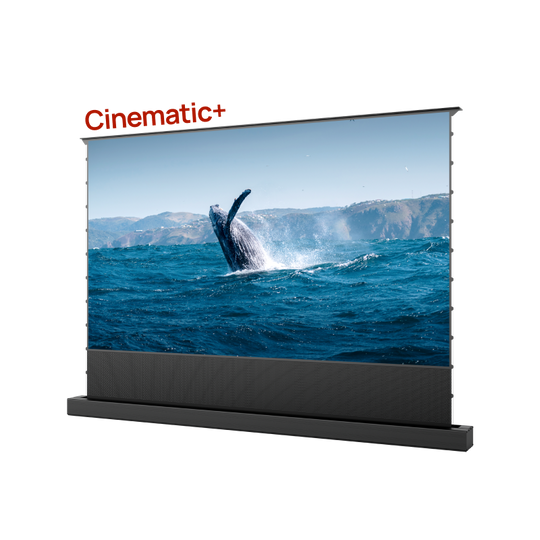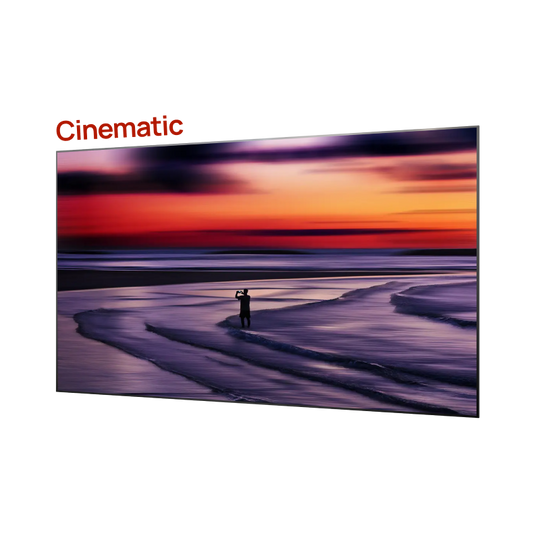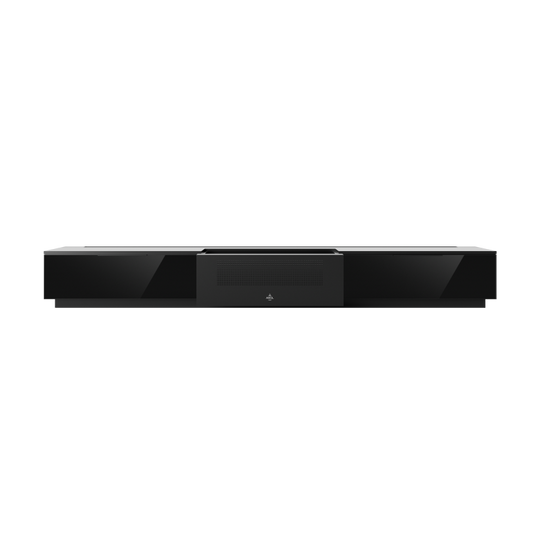When shopping for projectors, you may have come across the terms, lumens or ANSI lumens. While these terms may appear similar apparently, distinguishing between them is important for making informed purchase decisions. To help you understand these terms clearly, we have curated this comprehensive guide and have also highlighted the differences between ANSI lumen vs. lumen.
Understanding Lumen
Lumens refer to the amount of visible light emitted by a light source. In simple words, lumens measure the brightness of light. The higher the lumens, the brighter the light source. Hence, lumens are used to describe the brightness levels of various devices such as LED lights, projectors, etc. So, when you are shopping for let’s say a projector, the lumens rating can help you understand how bright the particular projector is.
When talking about lumens, it is important to understand the various types of lumens. For example, LED lumen refers to the total visible light output produced by an LED light source. Peak lumen refers to the maximum light or brightness level a light source can achieve under optimal conditions.
What is ANSI?
ANSI lumens stand for American National Standards Institute lumens and is a standardized measurement of the brightness level of a projector. These lumens are carefully calculated following the ANSI standards, ensuring consistency. These lumens are calculated by taking into account factors like the projector’s white brightness or color accuracy.
Due to their accuracy and reliability, ANSI lumens are the best for distinguishing between various projectors as it guarantees that the concerned projector will reach the level of brightness specified. For instance, the AWOL Vision LTV-3500 Pro has 3000 ISO Lumens and 3300 ANSI Lumens.

ANSI Lumen vs Lumen
By now you may have gotten a clear idea about lumens and ANSI lumens. Let’s delve deeper into the ANSI Lumen vs. Lumen debate and see how they are measured.
To calculate ANSI lumens, start by measuring the area around your projector screen and dividing that by twelve. Then multiply the width of the screen times the height to find the area. Once that is done, you will divide the lumens by the projector area you calculated earlier.
How ANSI Lumen Provide Consistent Measurements
The ANSI lumens are calculated precisely following the standardized procedure to ensure consistency and reliability. The measurements are taken at nine different points across the projected image to see the variations in brightness level. The results from the nine points are averaged to determine the total brightness level. Since the ANSI lumens are calculated by averaging multiple measurements, they present a more accurate lumens rating of a projector and help determine the projector’s actual capabilities.
Comparing ANSI Lumen vs Lumen in Projectors
When talking about ANSI Lumen vs. Lumen, it is important to understand the difference between them. The standard lumens may not accurately depict a light source’s brightness level as it is not measured by using standardized procedures and may vary depending on the manufacturer’s testing conditions. ANSI lumens on the other hand are more accurate and precise as they are measured using ANSI standards that ensure uniformity.
Another thing to note is that ANSI lumens are primarily used in the context of projectors whereas the traditional lumens refer to the brightness level of different light sources which may not be suitable for measuring projector performance.
Why ANSI Lumen Matter for Projector Brightness
ANSI lumens matter a lot for projectors as it helps determine the accurate brightness level of a particular projector. A higher brightness level may indicate that the projector is suitable for nighttime and daytime viewing. This helps a lot in projector selection. Since the ANSI lumens are calculated using standardized procedures, they are more consistent and help potential customers rely on them to make a purchase decision.
How ANSI Standards Affect Projectors
Choosing the right projector based on ANSI lumens is essential to make a purchase decision. If you are planning to place a projector in a room with ample ambient light, you must opt for a projector with a high brightness level as it features a good resolution. If you want a larger screen, a projector with high ANSI lumens is ideal to sustain the image quality.
How Many Lumens/ANSI Lumens Are Needed For An Indoor And Outdoor Project?
The brightness level varies indoors and outdoors so you require different lumens/ANSI lumens for each scenario. For indoor settings, you usually require 300-2500 lumens, and for outdoors, you need 200-1000 lumens.
|
Ambient Light |
ANSI Lumens |
|
Indoor low ambient light |
300-600 ANSI lumens |
|
Indoor medium ambient light |
600-1600 ANSI lumens |
|
Indoor high ambient light |
1600-2500 ANSI lumens |
|
Outdoor low ambient light |
200-500 ANSI lumens |
|
Outdoor medium ambient light |
600-1000 ANSI lumens |
|
Outdoor high ambient light |
>1000 ANSI lumens |
FAQs about ANSI Lumen
Q: Can I use ANSI lumen ratings to compare projectors from different brands?
A: Yes, you can absolutely use the ANSI lumens ratings to compare different projectors from different brands as this helps you understand the capabilities of a particular projector.
Q: What brightness level should I look for in a home theater projector?
A: If you want to set up a home theater, look for a projector with a brightness level of at least 1500 lumens as this will suffice in rooms with minimal ambient light.
Q: Are there other factors to consider besides ANSI lumen when choosing a projector?
A: You may also want to consider other factors such as screen size and distance, ambient light, and color and contrast, which also play a crucial role in choosing a particular projector.
Q: How do I optimize my viewing area for the best projector performance?
A: Use blackout curtains to minimize ambient light, place your projector at the recommended distance from the screen, and use good-quality speakers to enhance the experience.
Q: Where can I find projectors with high ANSI lumen ratings?
A: You can find projectors with high ANSI lumen ratings at online marketplaces like Amazon or Best Buy. You can also get them from the manufacturer’s website or local retailers.
Conclusion
Understanding the differences between the ANSI Lumen vs. Lumen is important to make an informed decision. ANSI lumens are standardized ratings that ensure consistency and reliability making them a crucial factor in purchase decisions. Hence, you must have a clear understanding of ANSI lumens and see which projector suits your needs and preferences. When shopping for projectors, look for the ones with high ANSI lumens especially if you have to use them in bright rooms.






















